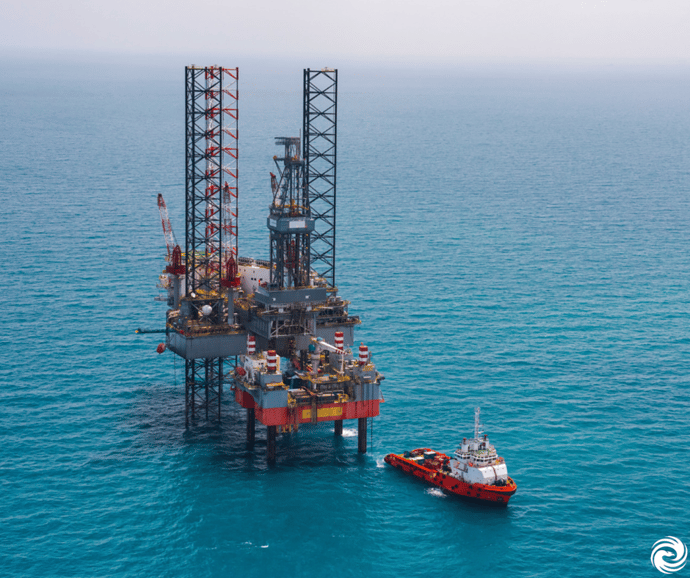Closing the Oil and Gas Industry's Generational Gap with User Experience Design

The oil and gas industry has an aging problem.
Insiders call it "The Great Crew Change." The fact of the matter is, a full 71% of the oil and gas industry’s workforce is over 50 years old. Fifty percent of their engineers are planning to retire by 2018. Basically, experienced talent is going to be flooding out of the industry at an alarming rate—and taking huge amounts of industry know-how with it.
There’s not nearly enough new crew on standby to take their place, either. The oil and gas industry doesn’t have the best reputation among millennials; it’s known for being overly traditional and out-of-date. Oil and gas needs highly skilled and specialized talent, but it has to attract that talent first.
This is a more complex problem than can be addressed by any single strategy alone, but there is one way oil and gas can alleviate all of these issues at once: better UX.
Passing on knowledge and nurturing new talent
User experience design is important to the industry for a number of reasons. For starters, it’s been estimated that oil companies are collectively wasting $100 billion a year on the continuing use and maintenance of outdated, inefficient legacy systems with poor UX.
Still, UX might seem like an overly simple and only tangentially relevant solution to the problem of “The Great Crew Change.” Quality user experience design, however, can have a watershed effect, increasing efficiency and ROI in surprising ways. Well-designed software that provides decision models and data visualization without a steep learning curve could be used to house and pass on the knowledge and experience of retiring talent, rather than simply allowing all of their expertise to vanish.
Furthermore, more modern and user-friendly technology would go a long way in helping to improve the industry’s standing with the younger generation. To many job-seekers now, good UX and cutting-edge systems are less a perk than an expectation, and the industry needs to cater to that if it expects to hire new talent.
User-friendly systems would also make it possible for new hires to adapt far more quickly and easily to their jobs, making them productive and efficient far sooner and allowing them to better take the helm from their more experienced peers.
UX for the oil and gas industry's needs
So how should the oil and gas industry approach user experience design?
To begin with, at initial rollout new systems and applications should be as skinny as possible. Many of the more experienced workers in oil and gas have already gone through numerous technology revamps, many of which involved tech that was overly complex, difficult to learn, and in the end, a barrier to productivity. Industry veterans have, in essence, been conditioned to be cynical of and resistant to new systems. To get past this, start with applications that address just one or two functions, and do so well. This will make the workforce more likely to adopt and appreciate new systems both now and in the future.
Secondly, a great deal of work in oil and gas takes place in rugged environments. New devices need to be able to withstand harsh conditions to be of any use—including extreme temperatures, exposure to dirt and fluids, and tosses or drops. Many employees must use polarized safety goggles in their work, so devices should also have anti-glare screens that can be viewed in sunlight with protective eyewear.
Finally, the problems of the oil and gas industry are often fairly unique. There’s not likely to be commercially available software that can suit the industry’s needs, even with modifications. The oil and gas sector needs to forge real partnerships with UX experts who can design custom mobility solutions. This is one of the reasons oil and gas has been slow to adopt new technology—but it’s also the reason UX could put your company leaps and bounds ahead of its competitors.
